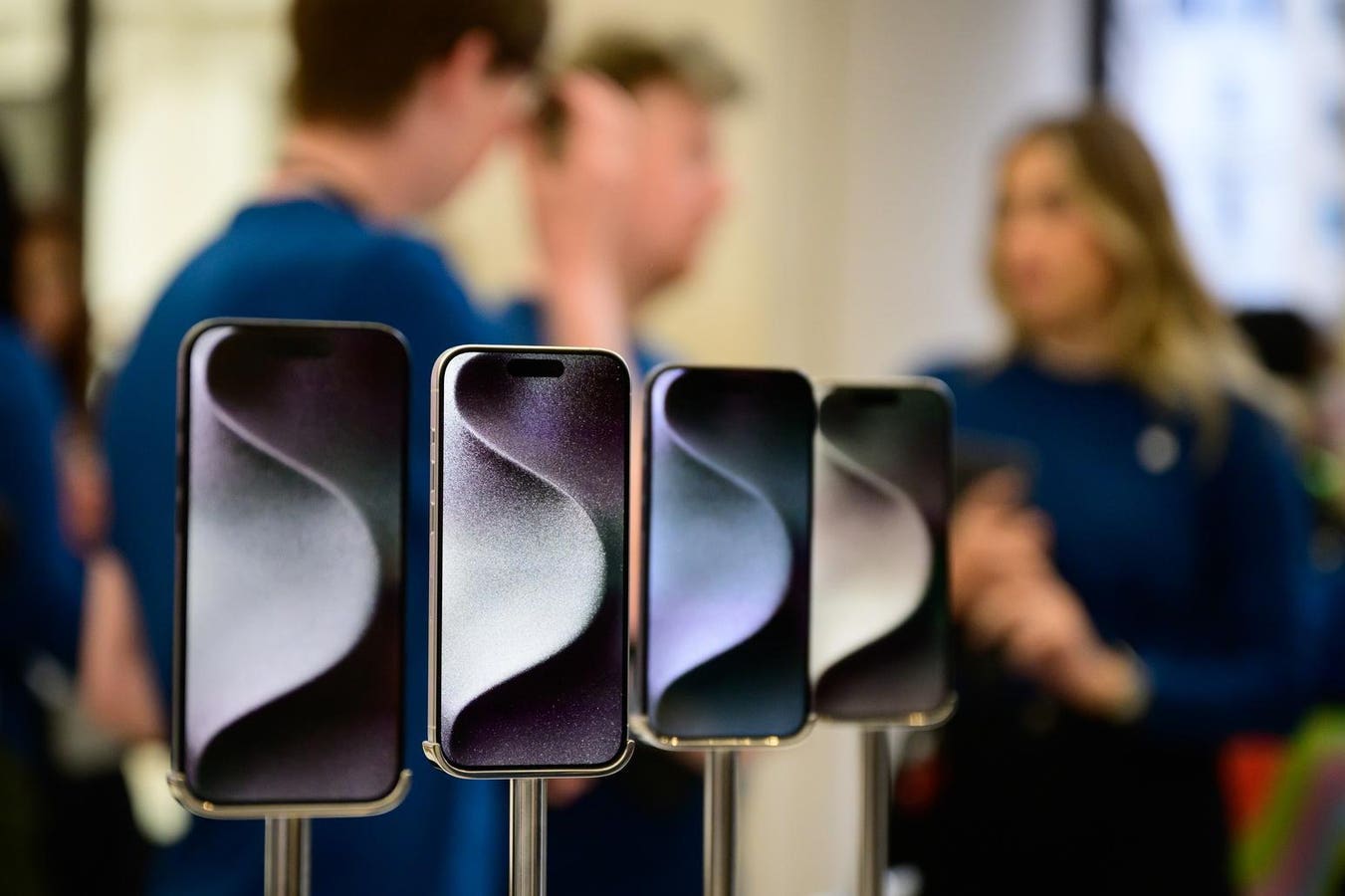Apple is always proud to announce that “this iPhone is the best iPhone ever made” and I do not doubt that it will say the same when 2024’s iPhone 16 Pro and iPhone 16 Pro Max are announced. Yet there is a worrying problem Tim Cook and his team will need to address to earn the classic phrase.
The problem is a simple one. Heat.
I’m not talking about the software issues around the launch of the iPhone 15, although that software issue shows just how important not overheating a phone can be for public perception. This is about the connection between heat and performance.
As the performance of Apple Silicon’s Axx range increases, so does the thermal output of the chips in the very heart of the smartphone, a smartphone that sits in your hand, a hand that you really don’t want burned. More performance means more heat. More heat demands more cooling. If the iPhone can’t cope with the heat, then the performance will be turned down to keep everything cool.
The A17 Pro chipset inside the iPhone 15 Pro and 15 Pro Max is already dealing with a chipset that wants to go faster but is limited by the iPhone’s inability to move the heat away from the processor and safely into the outside environment.
A recent experiment by Chinese creators saw them take an iPhone 15 Pro and grafting a vapour chamber atop the A17 Pro chipset to cool the chip far more efficiently than Apple’s current setup can offer. This unlocks more power from the A17 Pro, with 3DMark reporting a 16 percent uplift in frame rate while running the graphically intensive “Genshin Impact” title, while AnTuTu reports a lie percent uplift in processing power.
Apple itself has been able to achieve an uplift of around twenty percent with its M1 and M2 processors in the MacBook range with additional cooling, specifically the addition of a fan to help move air into the laptops to cool the processor in the awkward 13-inch MacBook Pro models compared to the fanless 13-inch MacBook Air models.
High-end Android smartphones have to deal with these issues. You’ll find far more solutions on show, especially in gaming handsets, which have numerous inventive additions such as high RPM fans and vents to move area over larger vapour chambers, cooling peripherals that clip to the rear of the machines and materials all around the chassis to help dissipate heat.
It’s all well and good Apple continuing to push the performance envelope of Apple Silicon, but if the rest of the hardware can’t access the potential, then the effort is wasted. As more details of the iPhone 16 Pro and iPhone 16 Pro Max come out, I’m watching out for how much help they impact the thermal envelope.
Take the recent leaks around Apple’s next generation of battery technology. One of the details was the potential change from a black foil casing around the cell to one more akin to the texture of frosted glass… more surface area, better conductivity, more potential to draw heat away from critical components. I’m curious to see other material decisions; the move to titanium allows for a stronger iPhone and better heat dispersion, but it is more expensive.
Every smartphone is compromised by its very nature, including the iPhone. One option Apple seems keener to take than other manufacturers is to trade ultimate performance for battery life and run a more efficient chip at a cooler temperature.
There are times when all you need is to check your favourite social network, and there are times when you ask your phone to deliver on the promise of a powerful computer in your pocket. If the iPhone 16 Pro is going to deliver on that promise, it needs to unleash the full power of the technological terrier that will be the A18 Pro chip.
And it will need Apple to bring something new to the design table if Tim Cook wants to keep the iPhone cool.
Now read the latest iPhone, Mac, and App Store headlines in Forbes’ weekly Apple news digest…
Read the full article here





